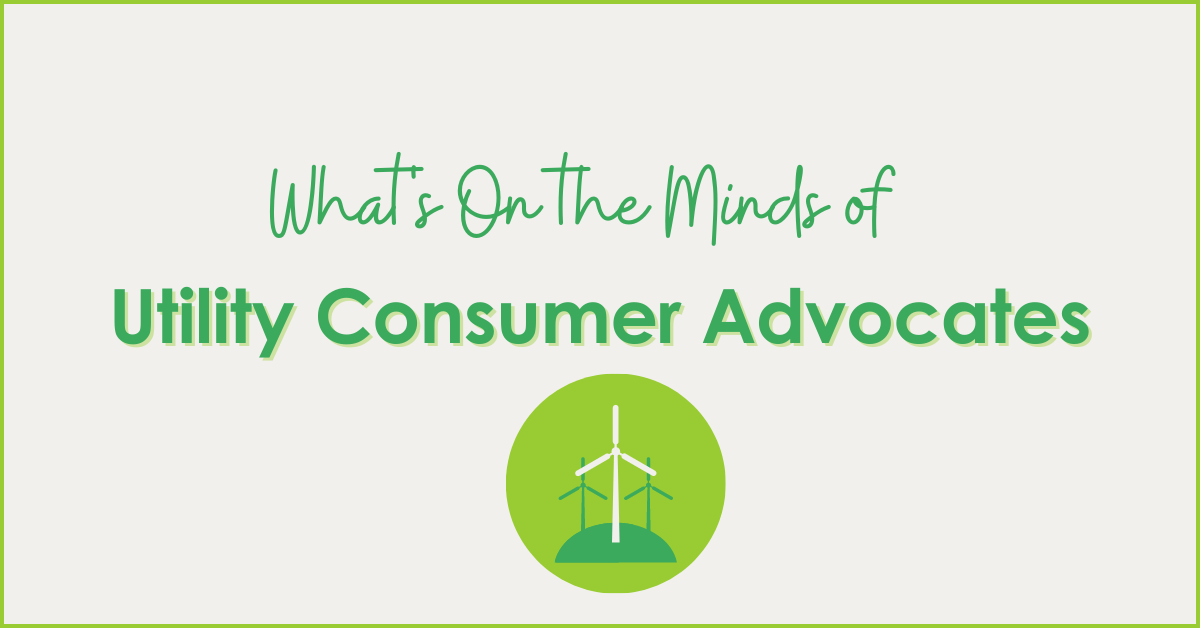
by Jeff Ihnen | Aug 6, 2024 | Energy Rant
This is the third and final post in a series of Energy Rants on rising electricity prices and unreliability. The first post, Rising Price of Less Reliable Electricity, defined and quantified the problem and discussed some reasons and challenges in the future. Last...

by Jeff Ihnen | Aug 1, 2023 | Energy Rant
This week I’m focusing on the concerns expressed by members of the National Association of State Utility Consumer Advocates, NASUCA, which met in parallel with NARUC in Austin, TX, a week before last. The topics of concern include outage risk, high prices, and related...

by Jeff Ihnen | Sep 7, 2021 | Energy Rant
The first in this series of posts on grid-interactive efficient buildings (GEBs) described the intent of GEBs. The objective is to use buildings to shift, shave, or shed load to improve grid reliability without making expensive investments like peaker plants or...

by Jeff Ihnen | Aug 31, 2021 | Energy Rant
Last week in the Opening Salvo, we studied the desired results of grid-interactive efficient buildings, aka GEBs. The desired outcomes include shaving, shifting, shaping, and shimmying electric loads to better match the supply provided by intermittent renewable...

by Jeff Ihnen | Aug 5, 2019 | Energy Rant
I spent part of last week at the Smart Electric Power Alliance’s Grid Evolution Summit. In my notes I wrote, SEPA is out of the closet. They are full-throated in support of decarbonization of the grid. A carbon-free grid brings a limitless stream of what-ifs. This...






